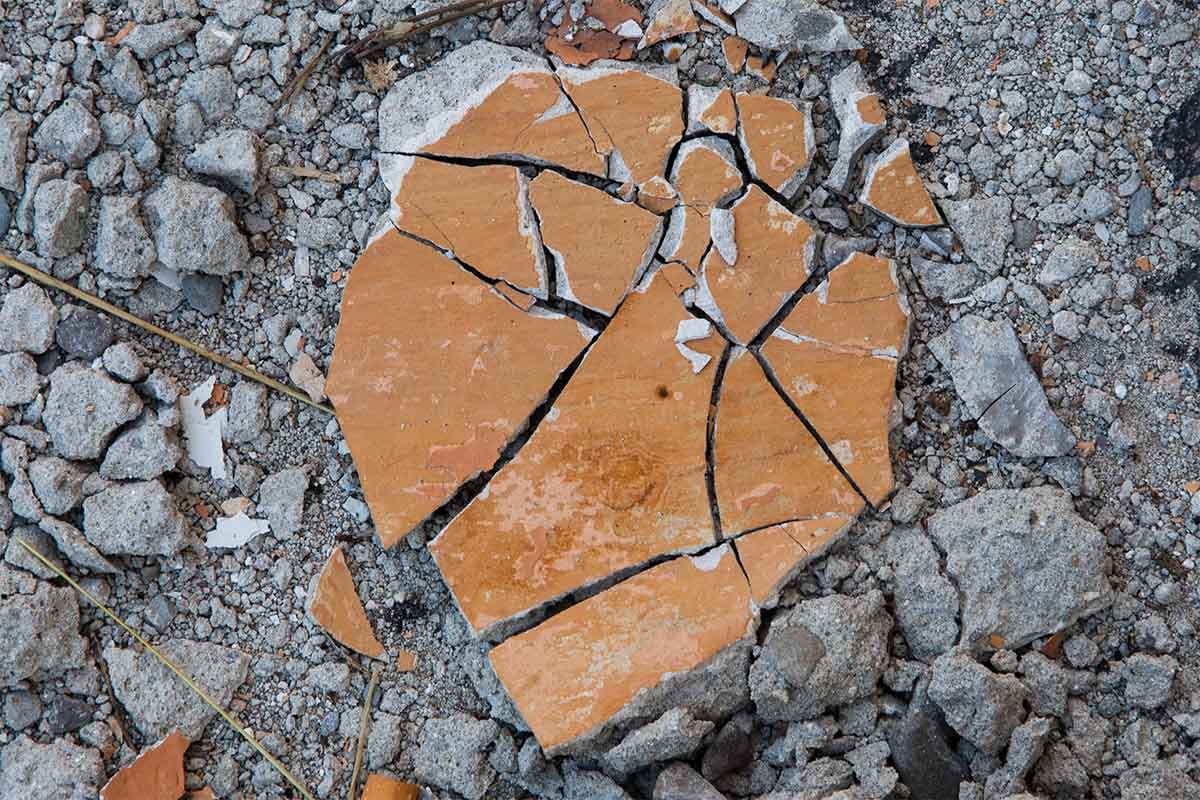
On “Retreat”, Sustainability and Art Itself | Interview with Jacopo Di Cera
L – Luxiders Magazine
JDC – Jacopo Di Cera
L: Your works “Fino alla fine del Mare” and “Il rumore dell’assenza” evoke powerful traces of photomaterism, emotion, brokenness and memory. Tell us more about them and what other themes come to mind when picturing these works?
JDC: “Fino alla fine del Mare” is a work born from the urgency of migration. It’s composed of close-up images of migrant boats abandoned on the shores of Lampedusa—objects that have carried lives, fears, hopes. Through the language of photomaterism, I integrate fragments of real material—salt, rust, wood—to transform documentary traces into abstract compositions. In this way, matter becomes testimony, and abstraction becomes memory.
“Il rumore dell’assenza” speaks of another kind of trauma: the devastating earthquake in Amatrice. The works are fragile, fractured, intentionally incomplete—each piece an echo of what was lost, and of what remains in silence. Both projects explore themes of rupture, survival, and the invisible residues of human presence.
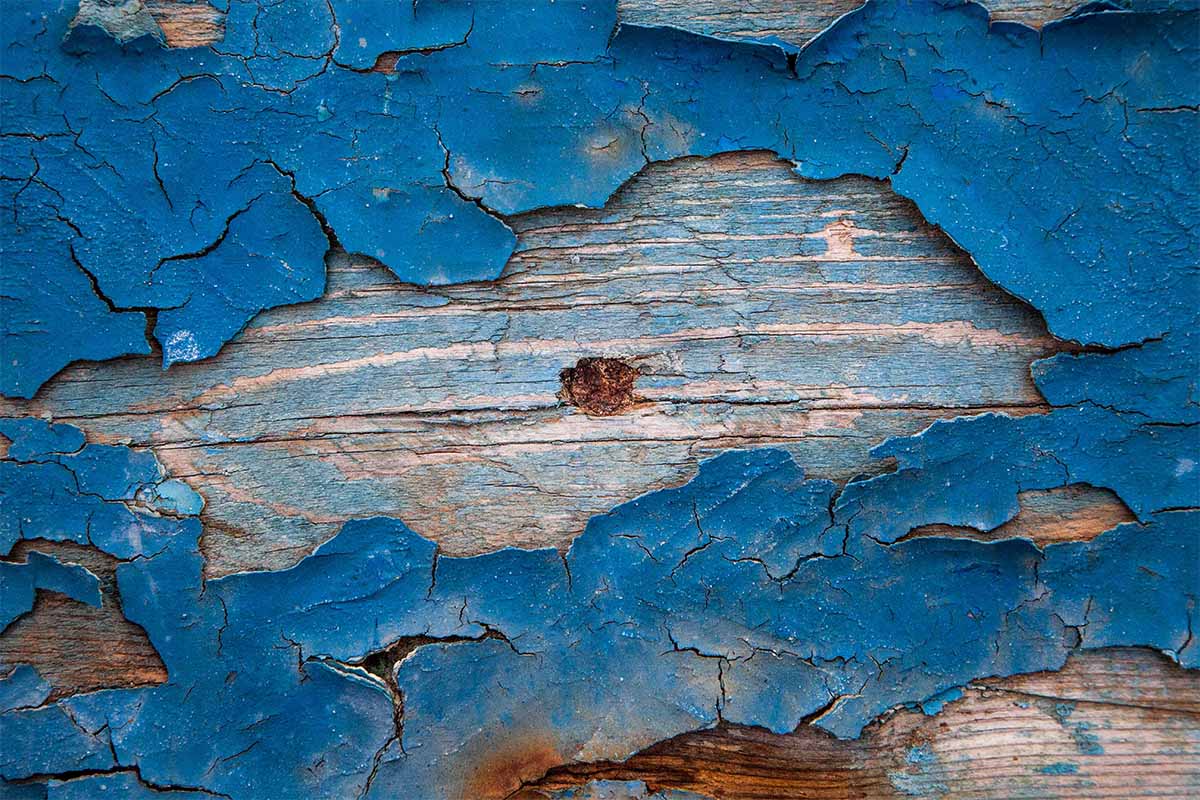

L: Your eco-focused art masterpiece “Retreat”, which was presented at Art Dubai 2025, was created in collaboration with CIFRA and in collaboration with Tim Maiwald of So Much (Trash) Studio and The Astronut (Massimiliano Ionta). How did you come up with the idea and name for the project, and what kind of themes associated stood out to you the most when creating the work?
JDC: “Retreat” was conceived as a vertical elegy for a disappearing world. The idea emerged while researching the Brenva Glacier—how its physical retreat mirrors our own emotional detachment from nature. The name reflects both a geographical and psychological withdrawal.
This is an emergency. Numbers are demonstrating the acceleration of this trend. But people don’t want to see it. The only way to create “awareness” is through an emotion. A punch into the stomach. This is Retreat.
L: The eco focused piece “Retreat” is not only a piece of art that ensures zero environmental impact with it being presented across 40 completely sustainable, upcycled monitors, it’s also a digital, infinite video loop of the events surrounding the tragic decline or “retreat”—if you will—of one of the world’s dearest glaciers, Brenva Glacier of Mont Blanc. Please describe the narrative and the motivation behind.
JDC: The narrative unfolds vertically, like a glacier itself. 40 monitors, stacked and aligned like ice layers, show the slow collapse of the Brenva Glacier—a visual symphony where ice turns to water in endless loop. The structure itself becomes a metaphor: every monitor sold removes a segment, just as each year melts away a piece of the glacier. The motivation was to translate scientific data into an emotional language, to let people feel the loss, not just know it. It’s an elegy in pixels.
L: “Retreat” contains themes of sustainable awareness, tragic decline in association with the Brenva Glacier, and a sense of nostalgia. Is nostalgia always a recurring theme in your works?
JDC: Yes and No.—nostalgia is a lens that sometime is filtering the reality once I observe the world. But not in a romantic sense. It’s the nostalgia of what’s vanishing while we watch. A nostalgia for the future we’re losing. Retreat generates this kind of emotion. In my other social research, the lens are different: in “Sospesi,” in my zenithal photographs of summer and winter’s breath, there are more than 10 years of works so the “oldest” one are creating this kind of effect differently to the most recent. But I think it is a natural evolution of what a historical photo can generate vs a contemporary one.
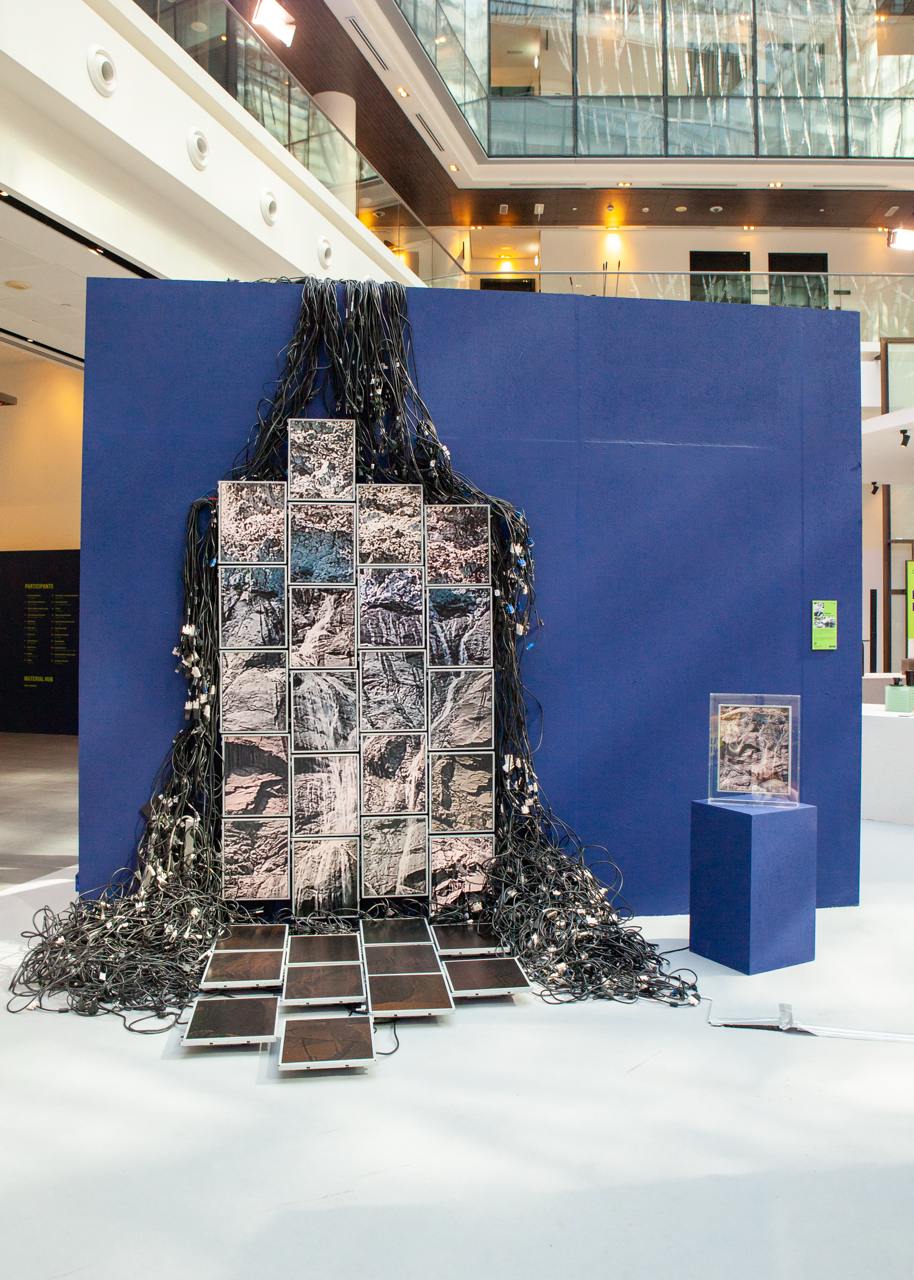
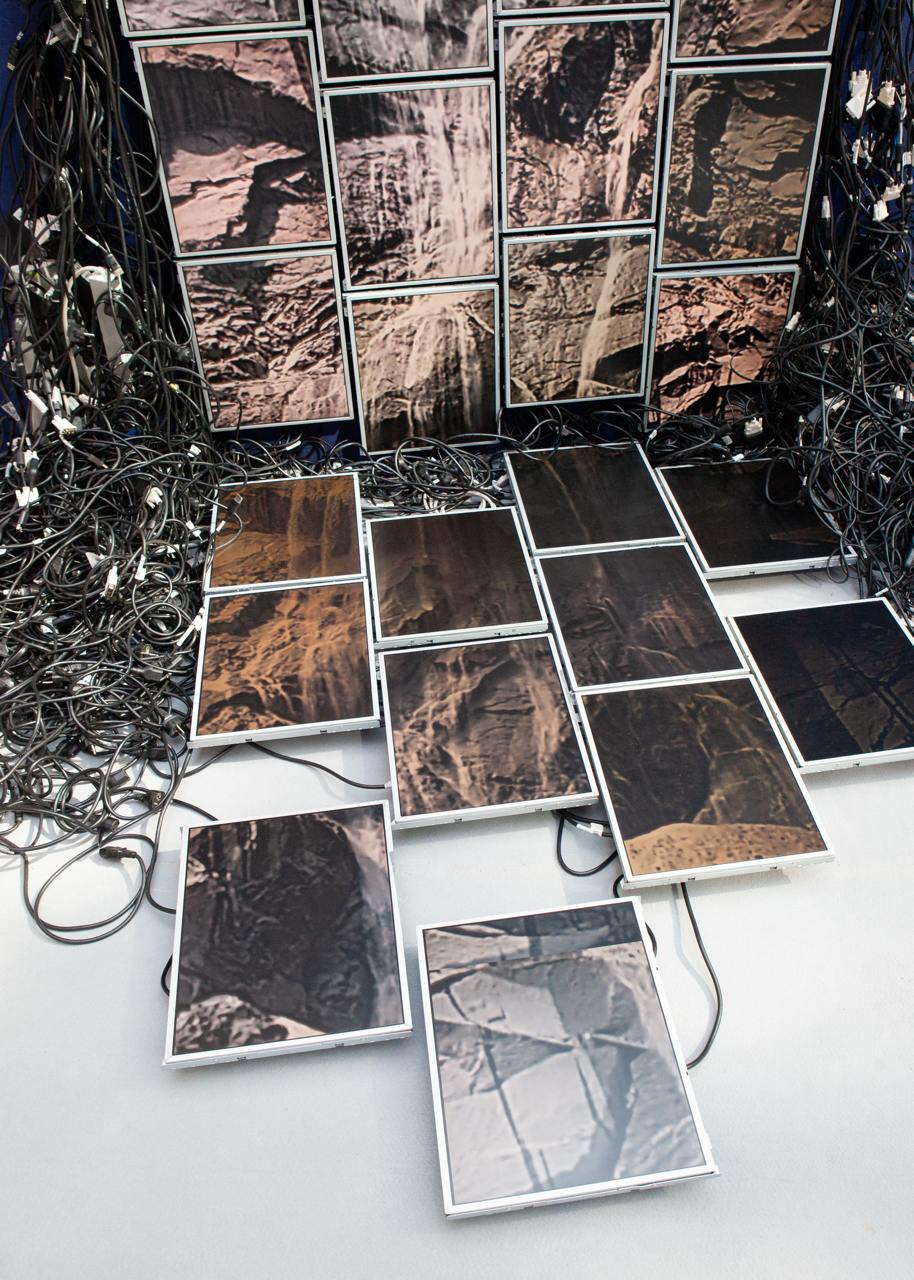
L: When creating art that produces a poignant awareness on sustainability, does the inspiration for that strike before creating the work, during the process of creating or after?
JDC: Sustainability is a such contemporary and strong theme that it embraces us in any moment, in any season of the year. More and more. Retreat was born once I was in Mont Blanc top for a commercial work, and when I was flying with my drones I have seen from the top the effect of the retreat. My eyes were stopped, my mind was so impressed. I started to feel the need to do something, to say something.
L: If you had to share with the world words of wisdom when it comes to caring for the environment, what would those words be?
JDC: Don’t wait until something disappears to realize it was sacred. Learn to see the invisible before it’s gone.
L: In addition to sustainability being a powerful and inspiring part of your artworks, are there other mediums of art (such as film or literature) that also inspire you to create for sustainability?
JDC: Absolutely. Literature like the writings Italo Calvino’s Invisible Cities remind me of the fragility of worlds, both real and imagined. Films like Leviathan or Anthropocene offer sensory experiences of ecological tension. But the more inspiring content is the reality.
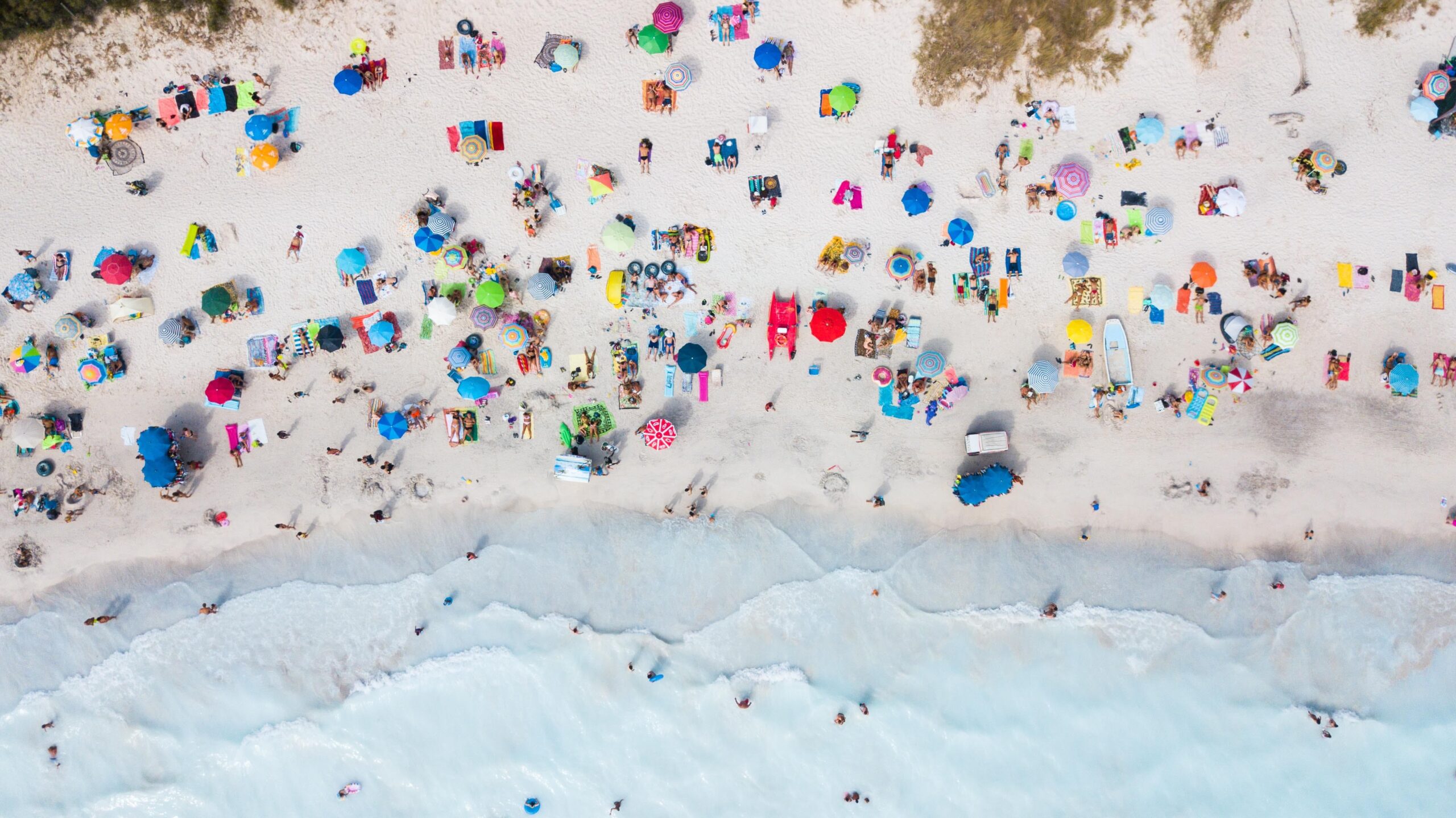
L: Given that “Retreat” is one of your latest, undeniably extraordinary creations, what future ideas are you currently eager to bring to life?
JDC: With “Retreat” I felt I had opened a door—a language made of vertical video loops, upcycled technology, and soundscapes that turn ecological data into emotion. Now, I want to take that language further. I’m working on expanding “Retreat” into a broader body of work that addresses other major environmental crises caused by climate change: drought, floods, wildfires. Each of these phenomena leaves behind scars, both visible and intangible, and I aim to translate them into new media installations that remain faithful to the same visual and auditory grammar.
The ambition is to create a constellation of works that speak to our shared environmental anxiety, using art as a medium for witnessing, translating, and remembering. The same immersive, sensorial format—where what disappears becomes form—can become a vessel for new narratives of fragility, urgency, and care.
L: What is one word that comes to mind when creating an artwork that brings together the worlds of art and nature?
JDC: Interdependence.
L: If you had to share with the world another set of words of wisdom when it comes to caring for the environment, what would they be?
JDC: Protect what we can not recreate. Not only for us but for all the generation will follow.







